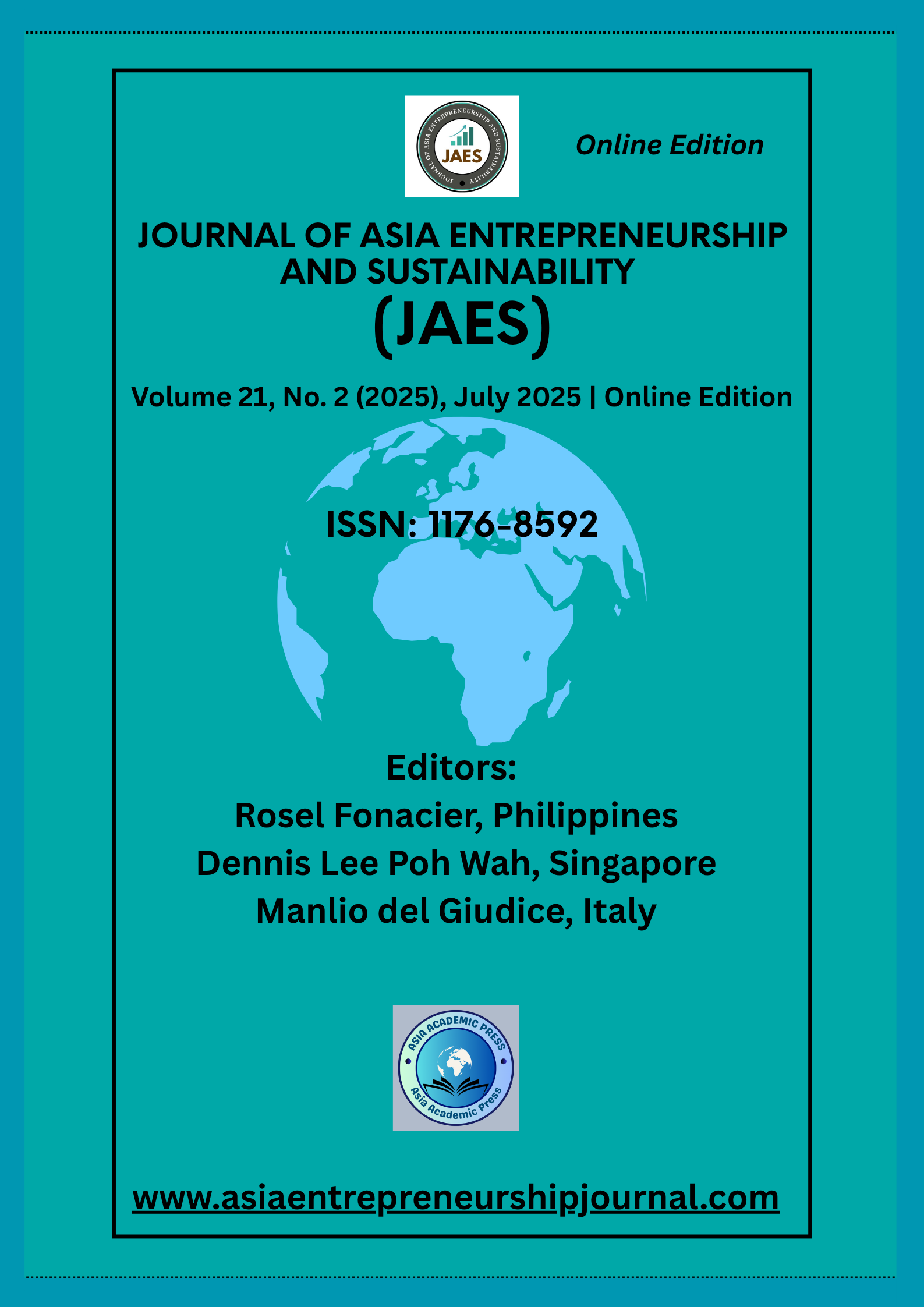Career Dilemma: Balancing Ambition and Workplace Culture
DOI:
https://doi.org/10.53555/jaes.v21i2.28Abstract
Rajiv, Operations Manager at FastBite, finds himself at a vital juncture in his career. He has an offer from one of the competitor companies, QuickDine, and he is challenged with a difficult choice that could meaningfully alter his expert path.
QuickDine has given the position of Head of Operations a higher title and greater responsibility. The new title role comes with increased pay, better strategic expertise, exposure to progressive operational tools, and the role will allow him to lead innovation in a high-growth setting. With the Indian Q-Commerce industry valued at $300 million in 2021 and predicted to reach $5 billion by 2025, the chance seems tailor-made for somebody with Rajiv’s knowledge and determination. At FastBite, he has already established his competencies streamlining delivery procedures, handling multifaceted logistics, and reliably delivering results.
However, the new offer carries its own set of tests. The QuickDine position emphasizes a lot of flexibility, extended hours of work, and he must work in a busy and high-stress area. Although Rajiv is not unfamiliar with hard work, it would be a leap into an arena where opportunities are out of the clouds and the direction ahead is still being carved.
FastBite, however, is the figure of knowledge and eternity. Rajiv enjoys a good work-life balance, and he has, over the years, developed positive relationships with his team. The company has good employee benefits such as health insurance, stock options, and a team culture, which is encoded in mutual respect and faithfulness. Nonetheless, he has seldom been disregarded based on internal favoritism, which has created uncertainties regarding the prospects of long-term growth in the organization.
The contrast between the two stances is as clear as it can be. QuickDine is a chance to scale rapidly, be creative, and be at the forefront of a successful industry. Nevertheless, it is also personally and professionally dangerous- burnout, cultural adaptation, and the uncertainty that comes with being a part of a fresher, more violent setup. FastBite, in its turn, offers stability, interpersonal connection, and emotional anchoring, yet at the cost of slower growth and periodical blockings in terms of meritocracy.
When Rajiv is contemplating his options, he must consider what is important: Does he pursue the test, prestige, and perks that are part of the QuickDine offer? Or is he to be true to a business which, however faulty, has given him trust, belonging, and a stable platform?
The life of Rajiv is metaphoric of the decisions most professionals make in the unstable world of Q-Commerce. It poses important concerns of ambition versus peace, economic prosperity versus expressive well-being, and the value that one has to pay in order to grow in a competitive marketplace. His decision does not only concern changing his job; it is necessary to know what success means to him.
References
1. Greenfield, W. M. (2004). Decision-making and employee engagement. Employment Relations Today, 31(2), 13.
2. Alzyoud, A. A. Y. (2018). The influence of human resource management practices on employee work engagement. Foundations of Management, 10(1), 251-256.
3. Saks, A. M. (2022). Caring human resources management and employee engagement. Human resource management review, 32(3), 100835.
4. Greenhaus, J. H., Callanan, G. A., & Godshalk, V. M. (2018). Career management for life. Routledge.
5. Baruch, Y., & Peiperl, M. (2000). Career management practices: An empirical survey and implications. Human resource management, 39(4), 347-366.
6. Yarnall, J. (2007). Strategic career management. Routledge.
7. Switasarra, A. V., & Astanti, R. D. (2021). Literature review of job description: Meta-analysis. International Journal of Industrial Engineering and Engineering Management, 3(1), 33-41.









